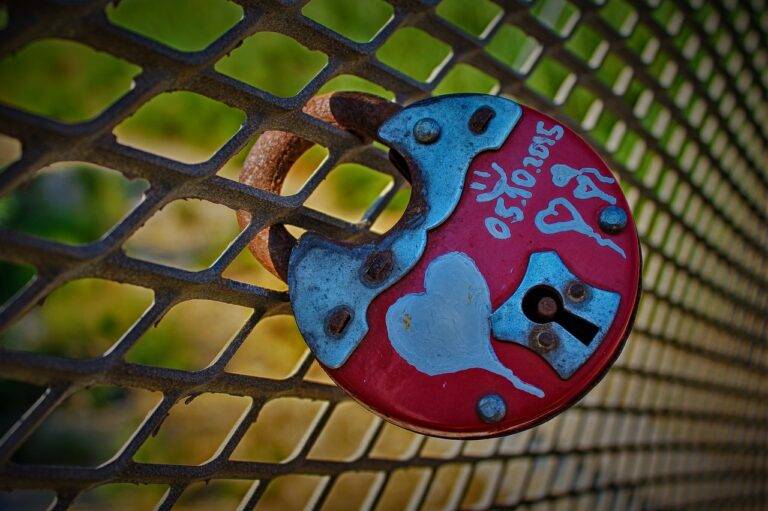Sustainable Fashion for Kids: Ethical and Stylish Clothing Choices for Children
Choosing sustainable fashion for kids not only helps protect the environment but also promotes healthier lifestyles. By opting for clothing made from organic or eco-friendly materials, children can avoid exposure to harmful chemicals often found in conventional fabrics. Additionally, supporting sustainable fashion brands encourages ethical production practices that prioritize fair labor conditions and animal welfare.
Moreover, sustainable fashion for kids fosters a sense of responsibility and awareness about the impact of consumer choices. Teaching children the value of quality over quantity and the importance of reducing waste from a young age can cultivate mindful consumption habits that they can carry into adulthood. Embracing sustainable fashion is not just a trend but a crucial step towards ensuring a better future for the next generation.
The Impact of Fast Fashion on Children:
Fast fashion poses detrimental effects on children, both socially and environmentally. The constant production of cheap clothing leads to exploitative labor practices, often involving child labor in developing countries. This not only deprives children of a proper childhood but also perpetuates a cycle of poverty and injustice.
Moreover, the environmental impact of fast fashion is significant. The industry’s reliance on synthetic materials and high levels of water consumption contribute to pollution and harm ecosystems. Children are particularly vulnerable to these environmental consequences, as they are more susceptible to the health risks associated with exposure to harmful chemicals and pollutants.
How to Identify Ethical Clothing Brands for Kids:
When looking to purchase clothing for kids from ethical brands, start by researching the company’s transparency practices. Ethical brands often openly share information about their supply chain, production process, and sourcing of materials. Look for brands that prioritize transparency and provide detailed information about how their products are made.
Another important factor to consider is the use of sustainable and eco-friendly materials in clothing. Ethical brands for kids often use organic cotton, recycled fabrics, or other sustainable materials to reduce the environmental impact of their products. By choosing clothing made from these materials, you can support brands that are committed to reducing their carbon footprint and promoting environmentally-friendly practices.
• Look for brands that prioritize transparency and provide detailed information about their supply chain, production process, and sourcing of materials
• Consider the use of sustainable and eco-friendly materials such as organic cotton or recycled fabrics in clothing
• Support brands that are committed to reducing their carbon footprint and promoting environmentally-friendly practices
What are some benefits of sustainable fashion for kids?
Sustainable fashion for kids helps to reduce waste, supports fair labor practices, and promotes environmentally friendly production methods. It also often results in higher quality clothing that lasts longer.
How does fast fashion impact children?
Fast fashion can have negative effects on children, including exposure to toxic chemicals, poor working conditions for garment workers, and contributing to environmental pollution. It also promotes a culture of overconsumption and disposable clothing.
How can I identify ethical clothing brands for kids?
Look for brands that are transparent about their production processes, use sustainable materials, and have certifications for fair labor practices. You can also research online reviews and ratings from ethical fashion organizations to ensure you are supporting responsible brands.







